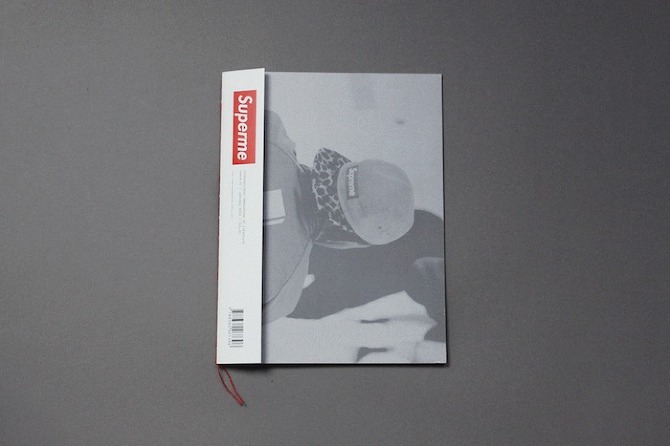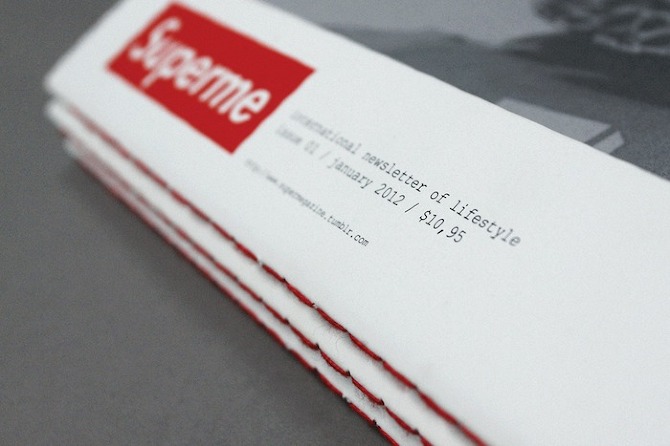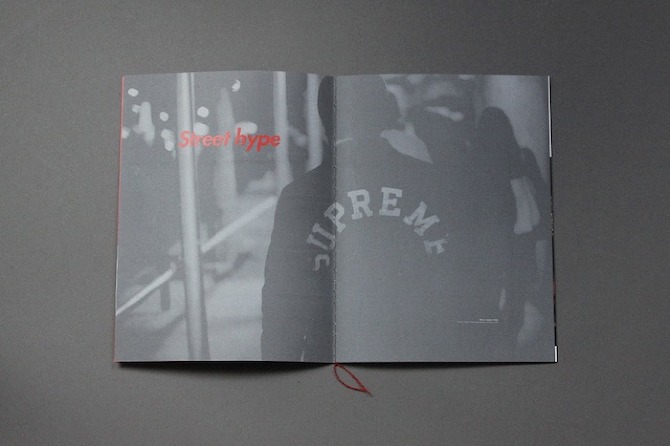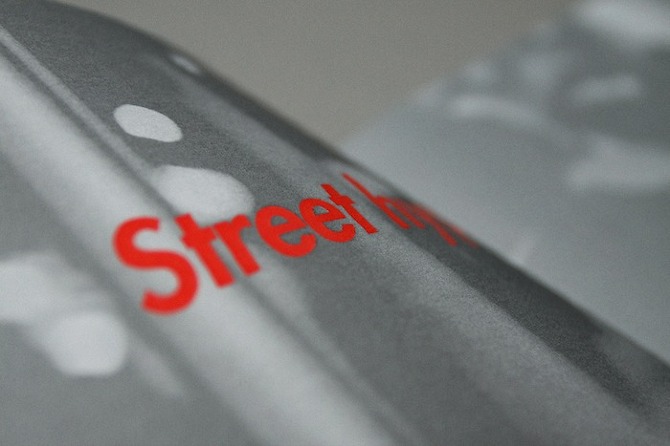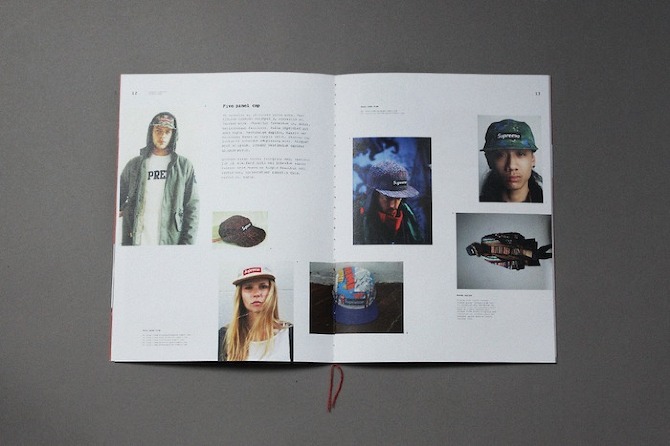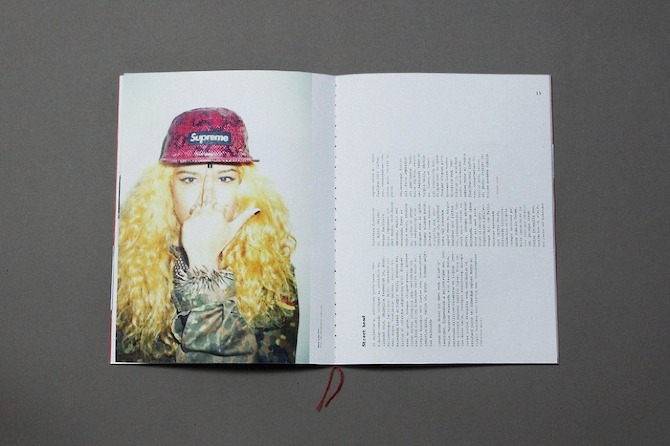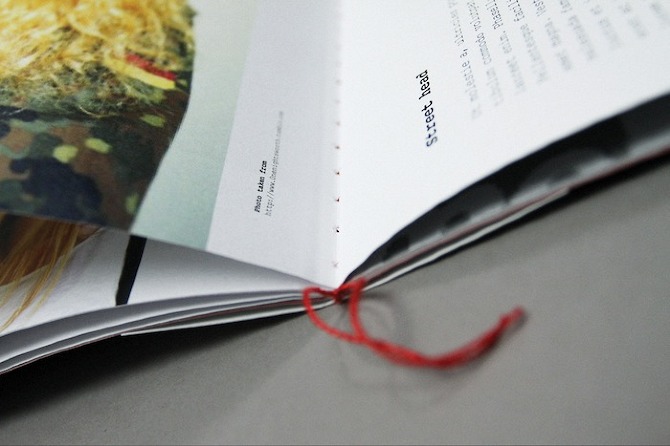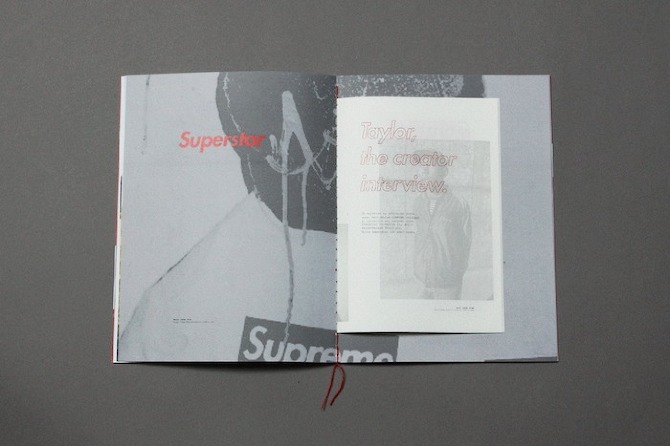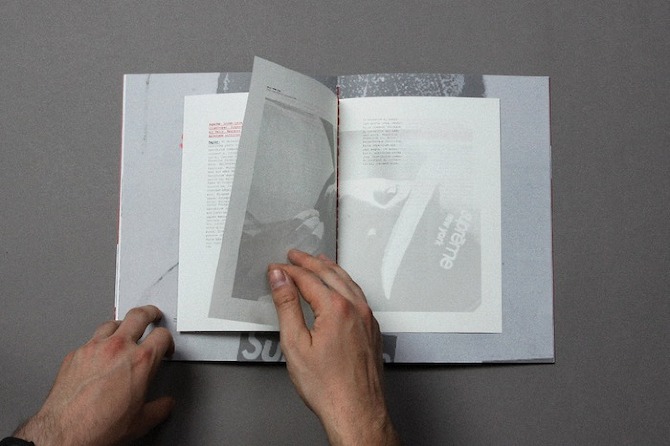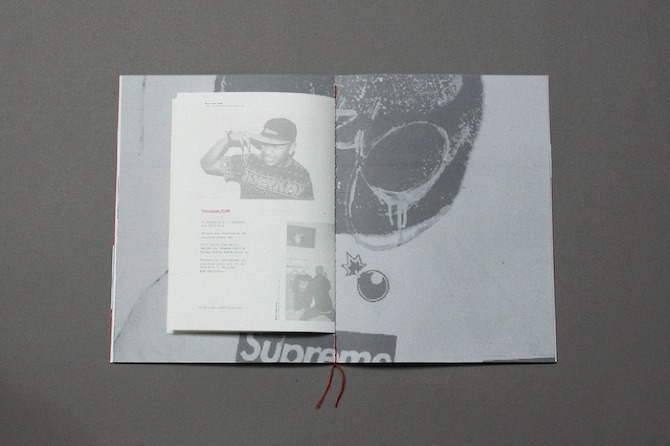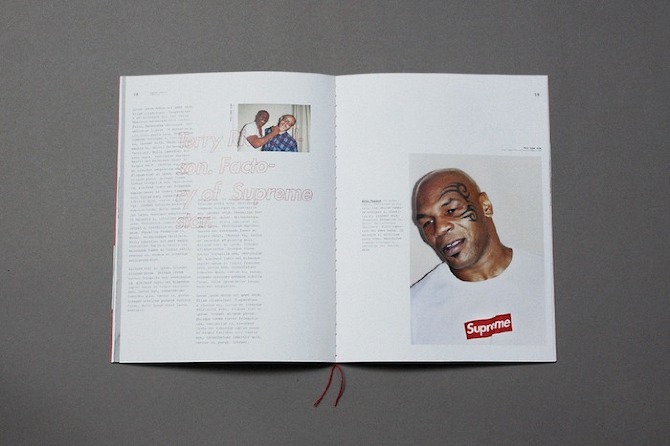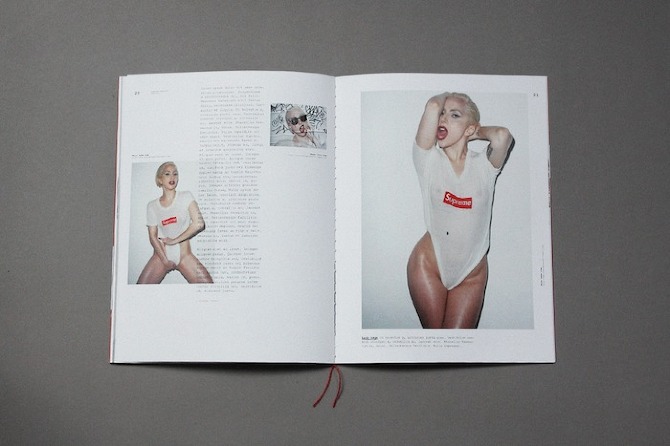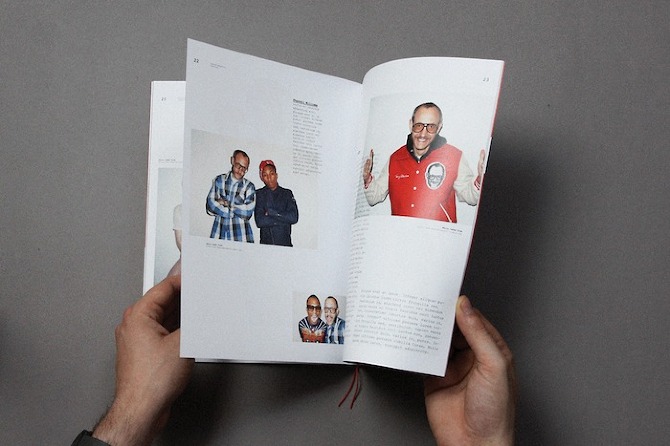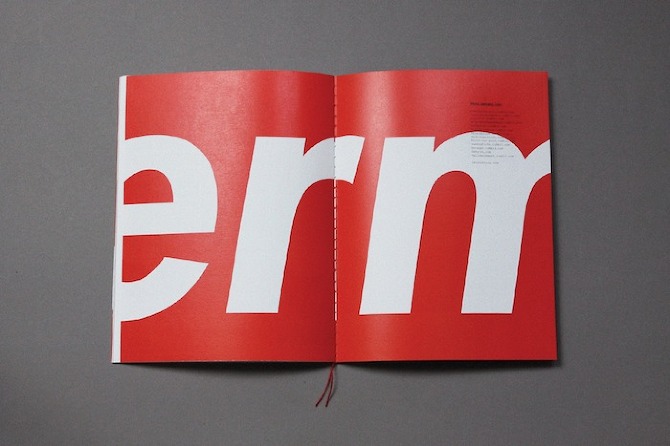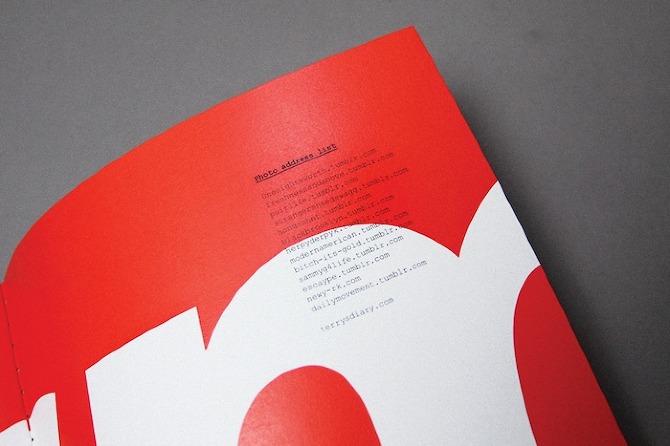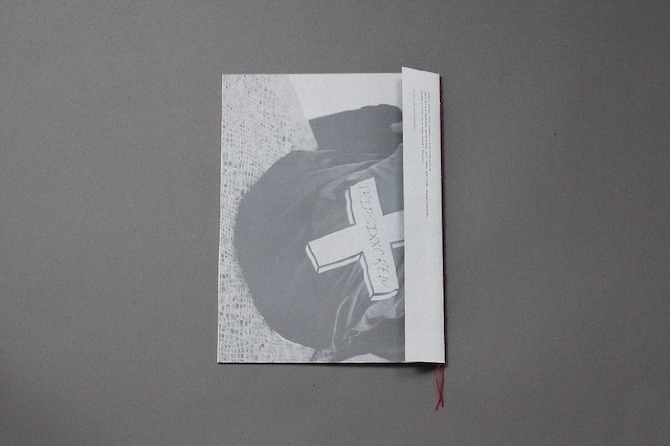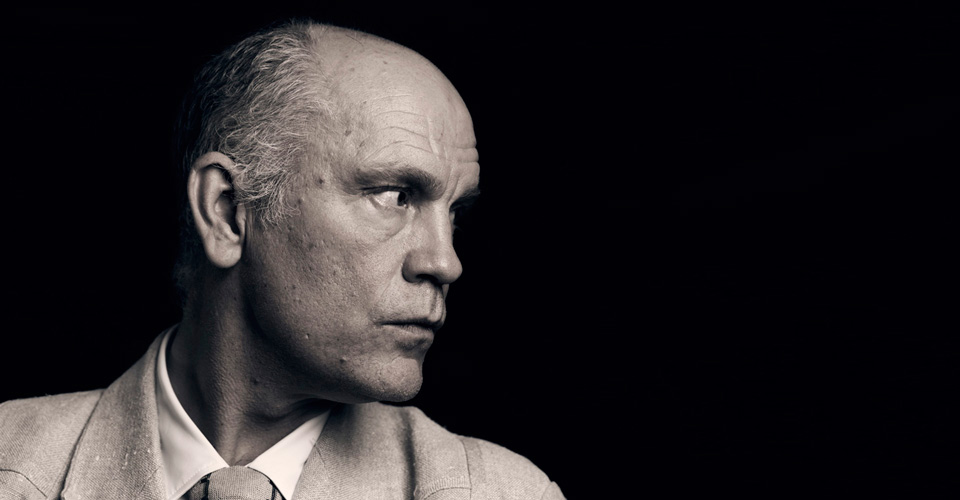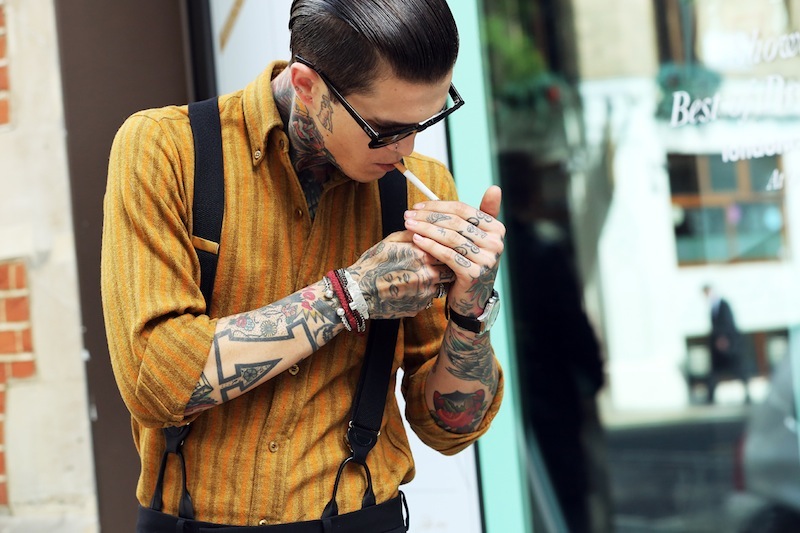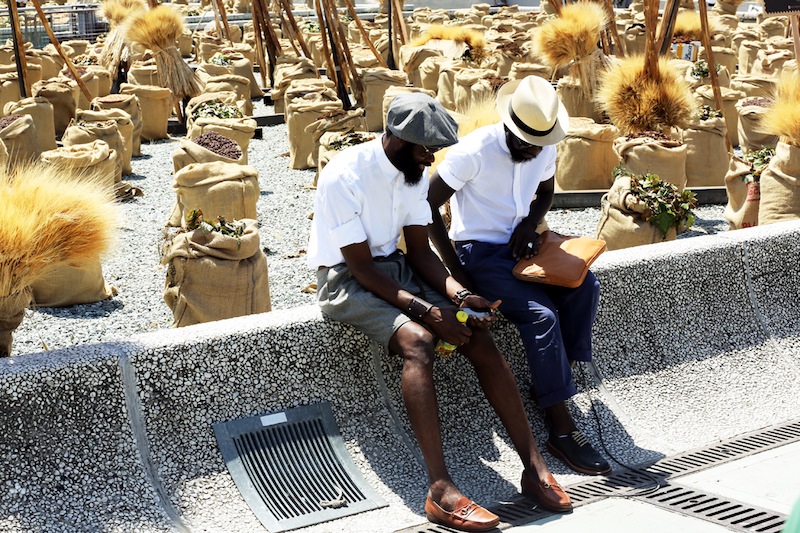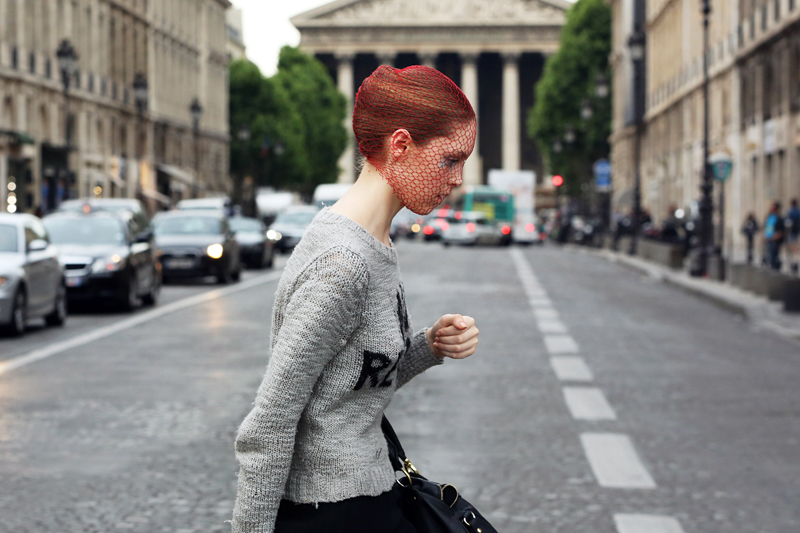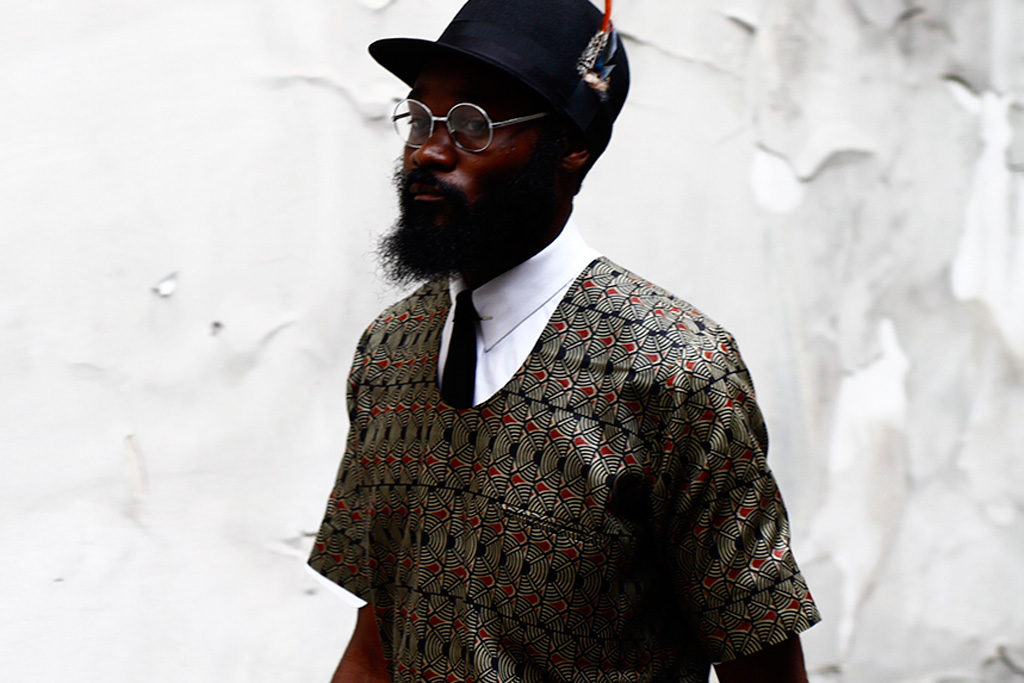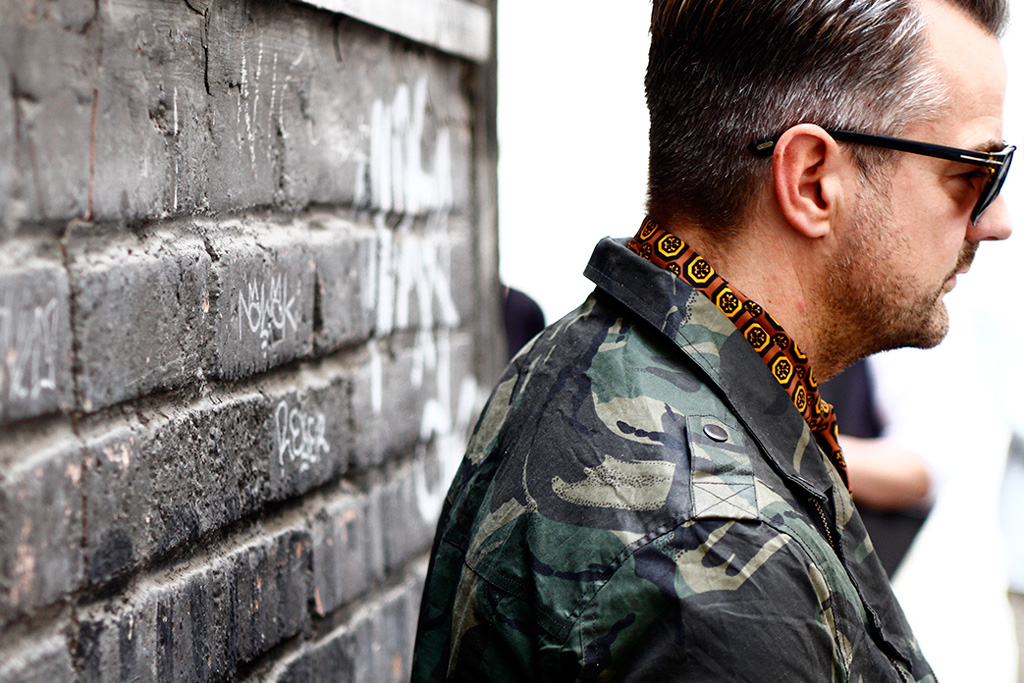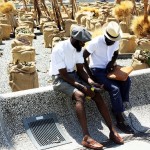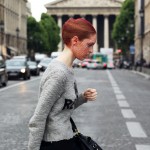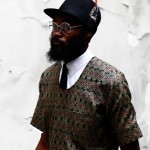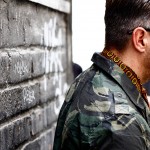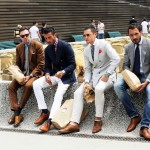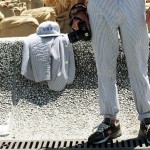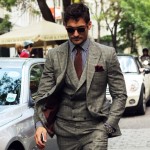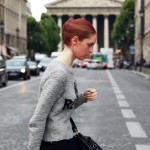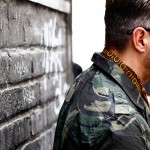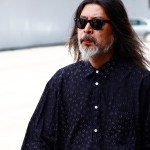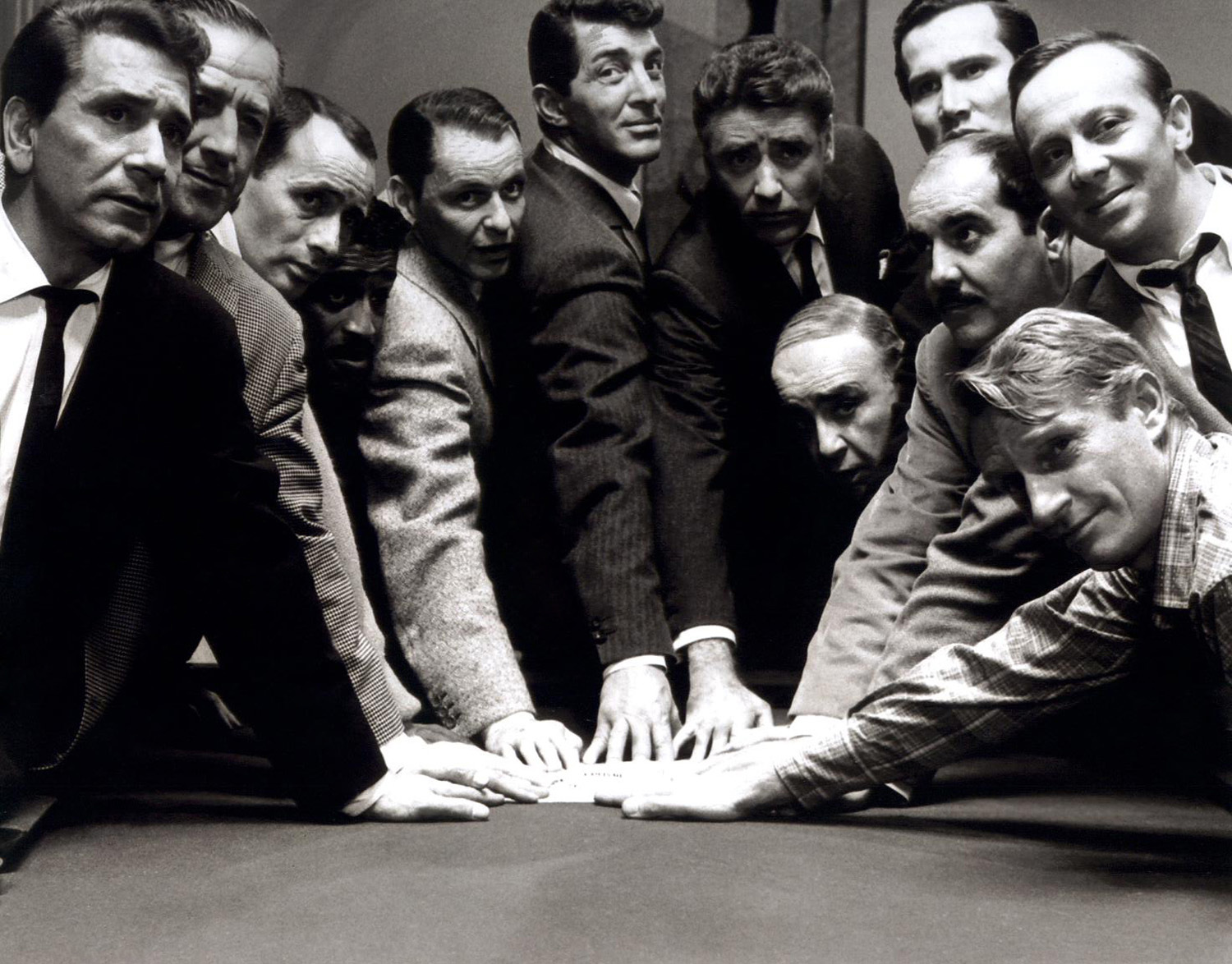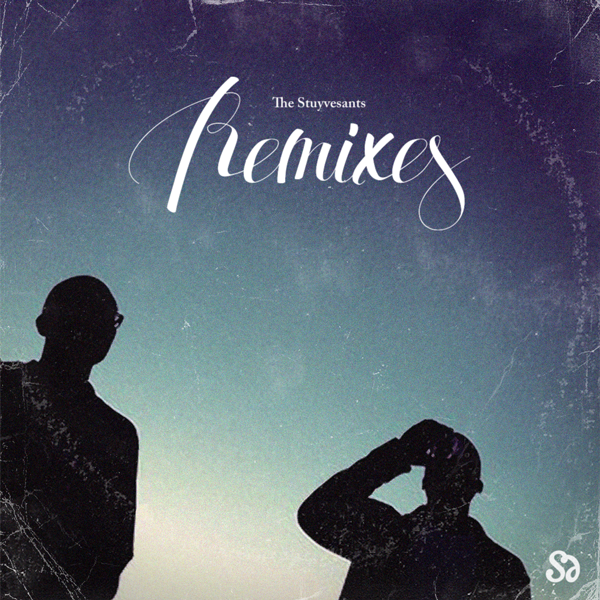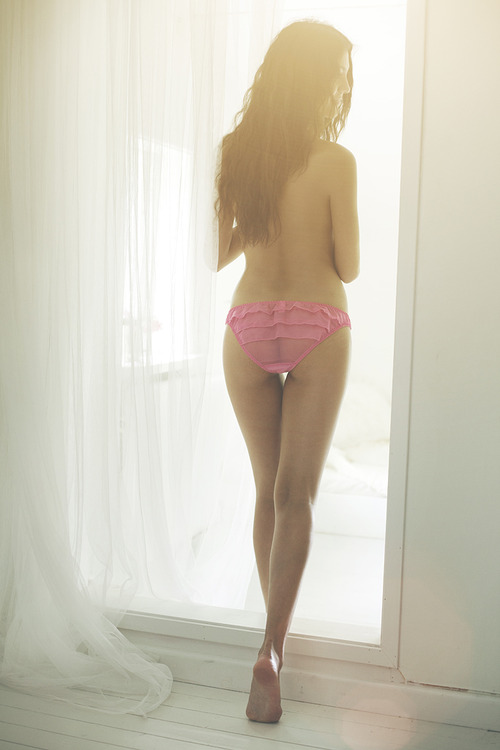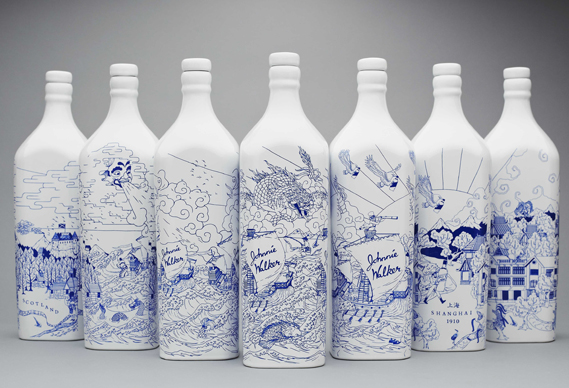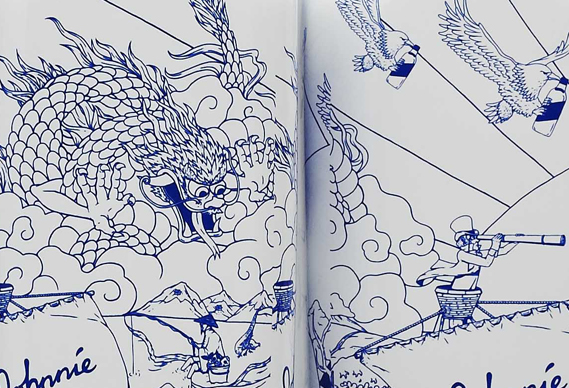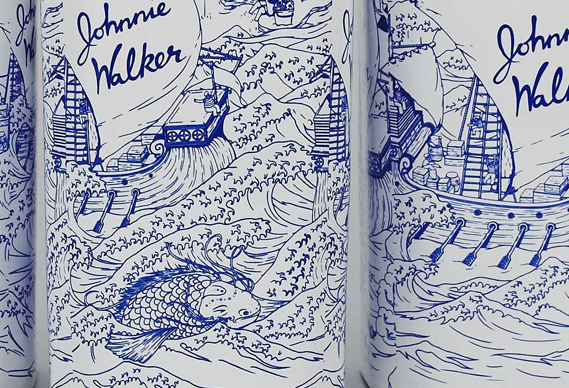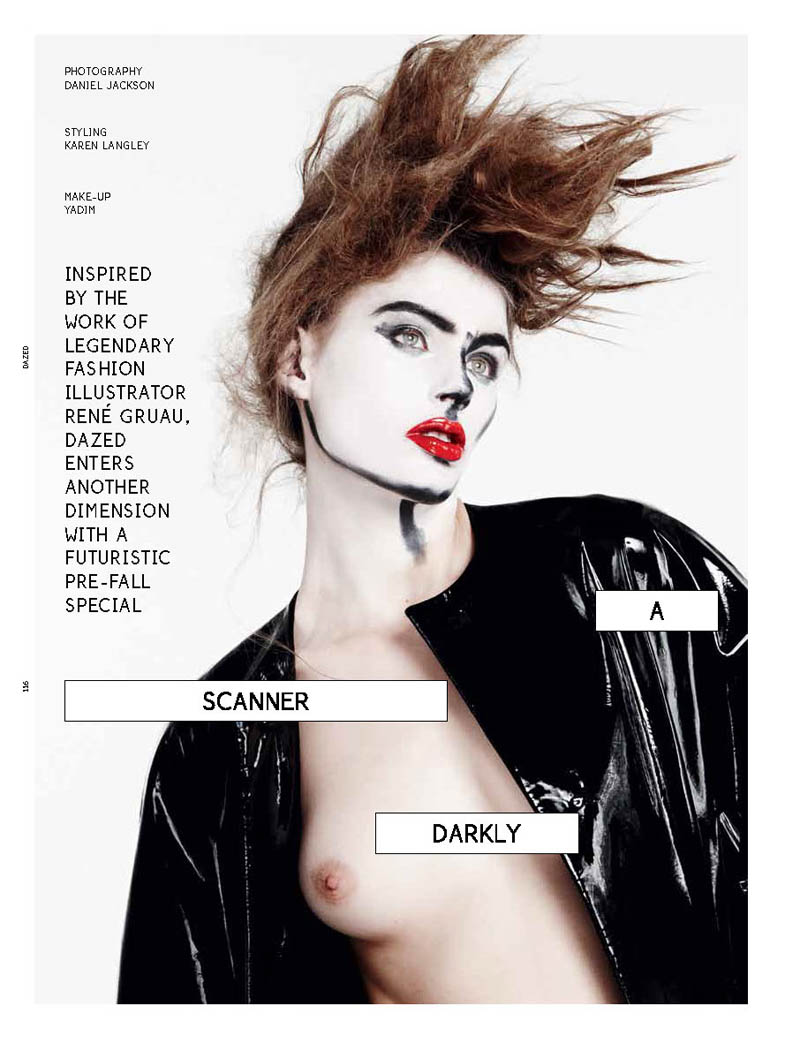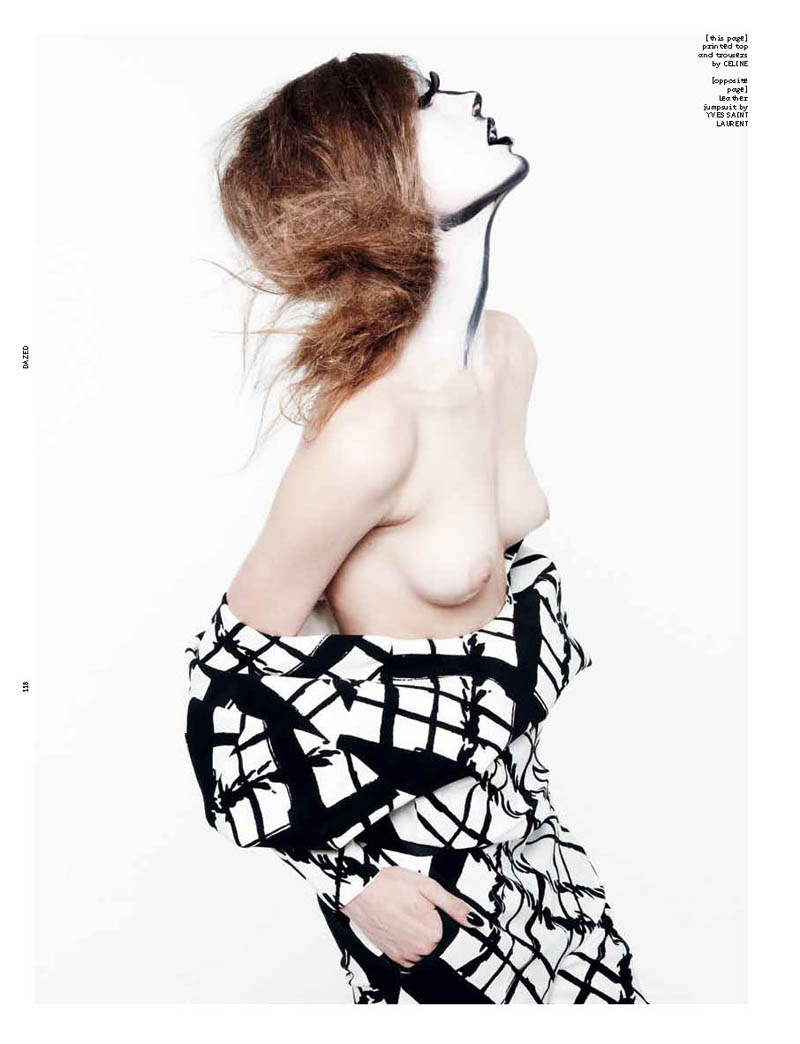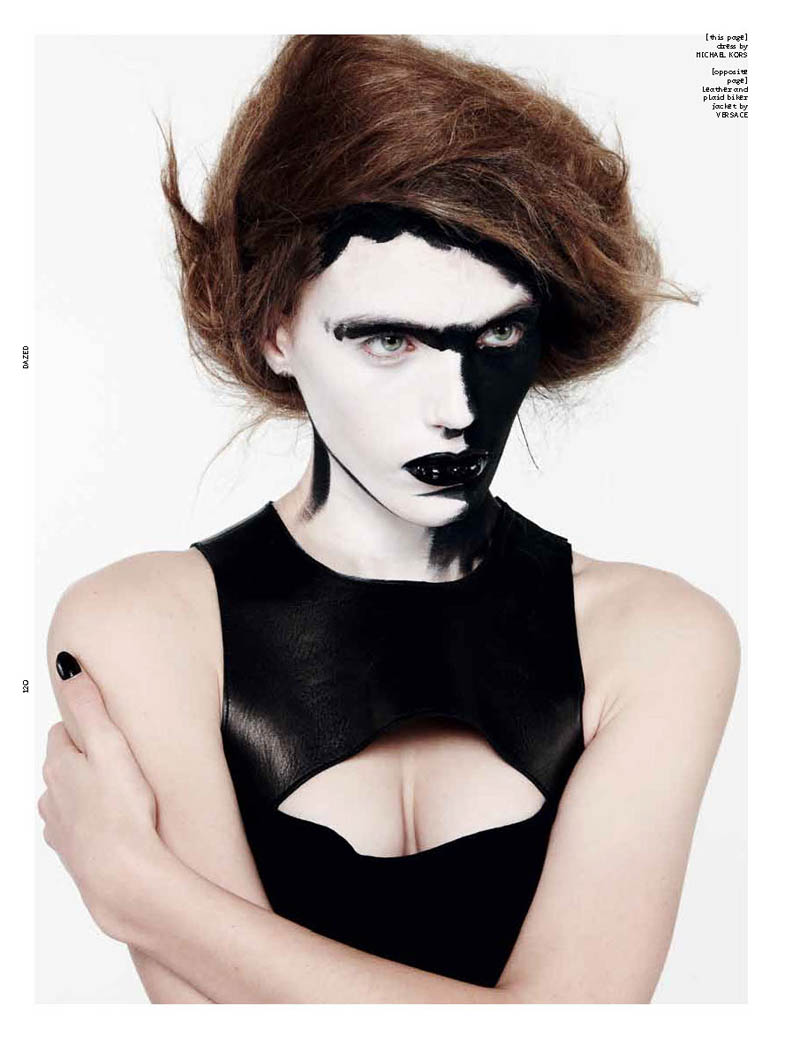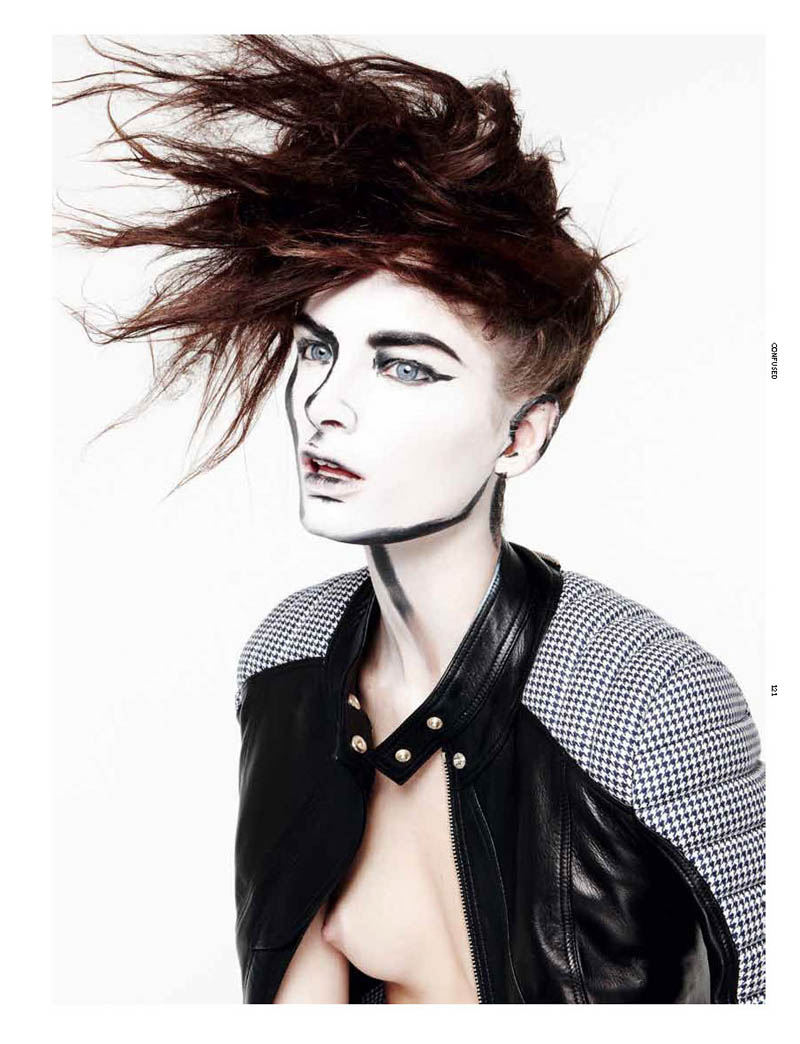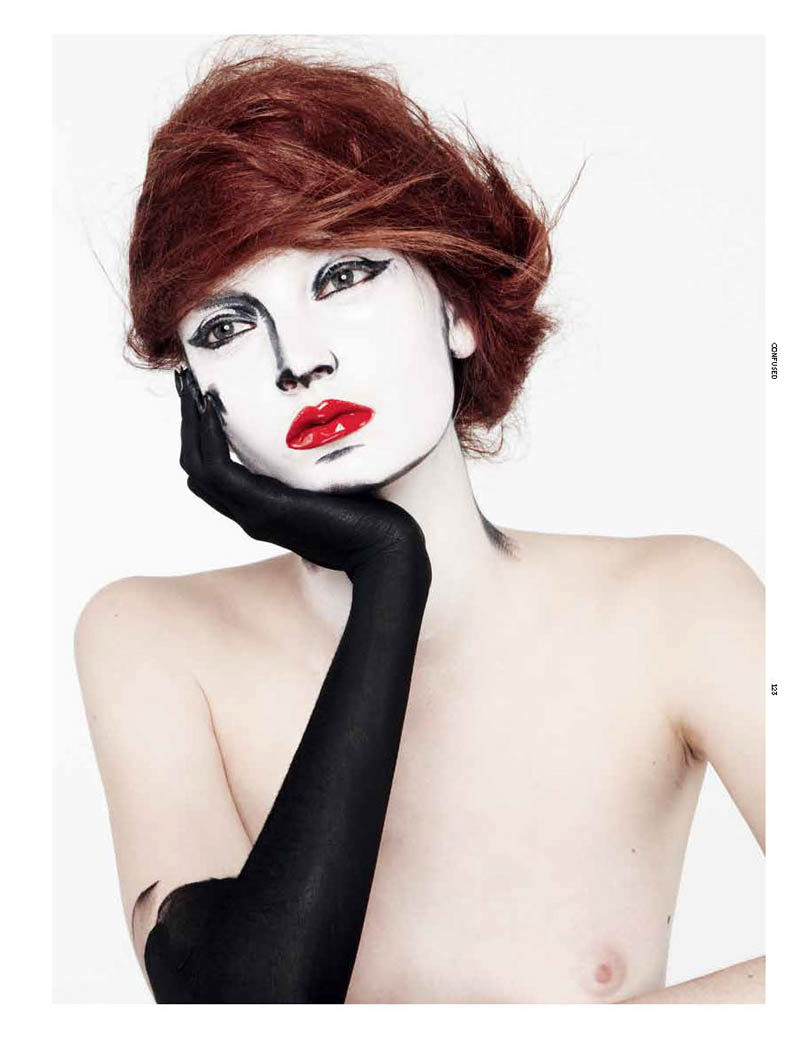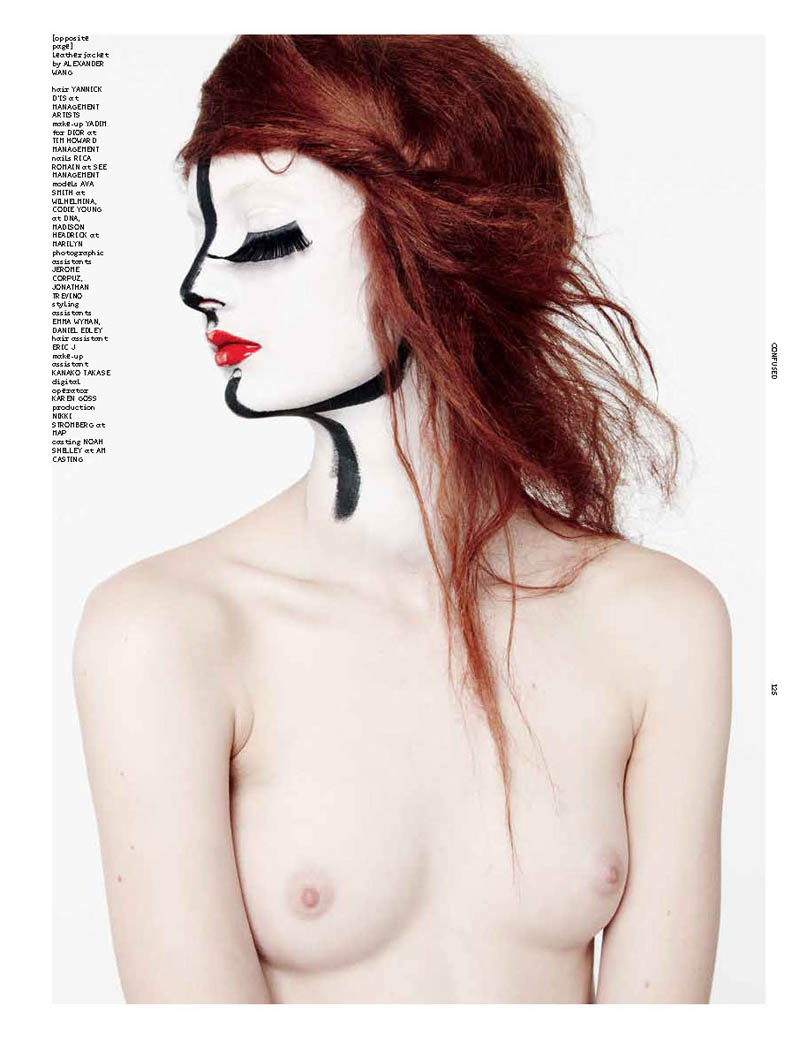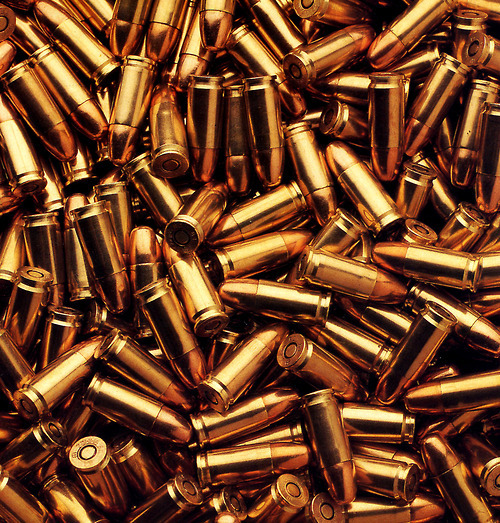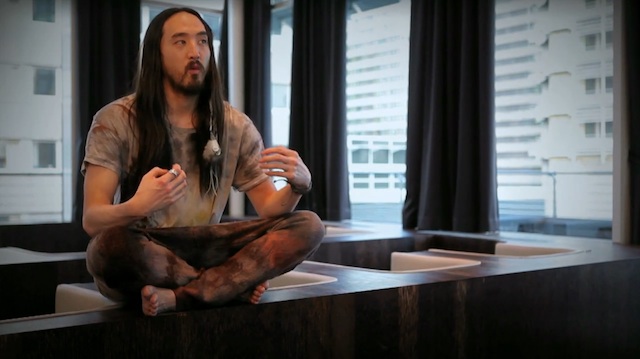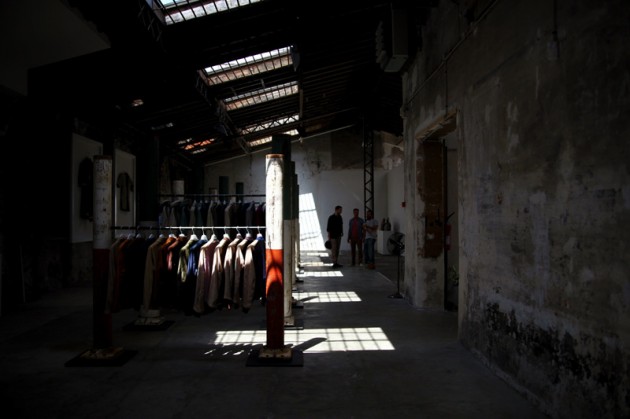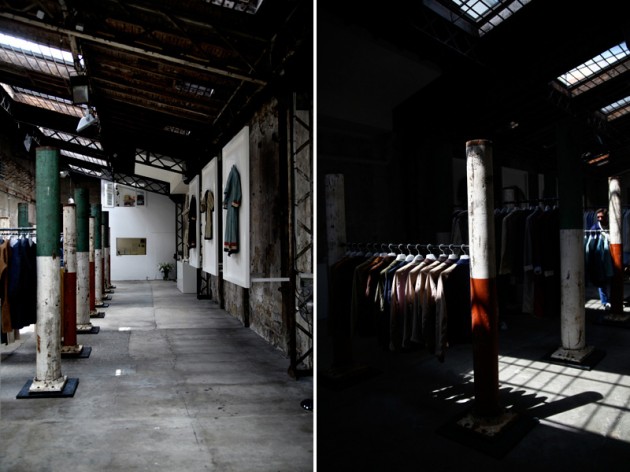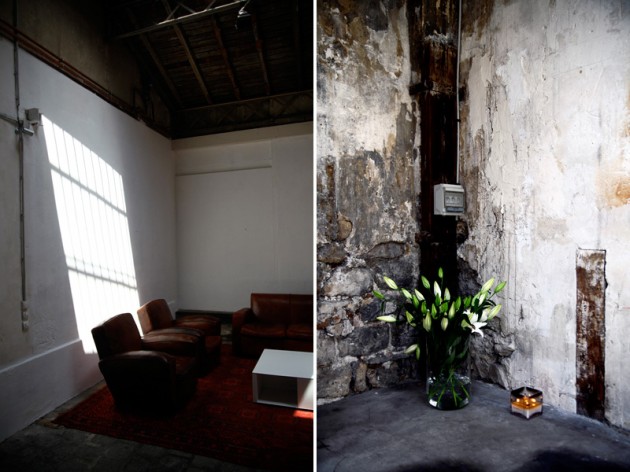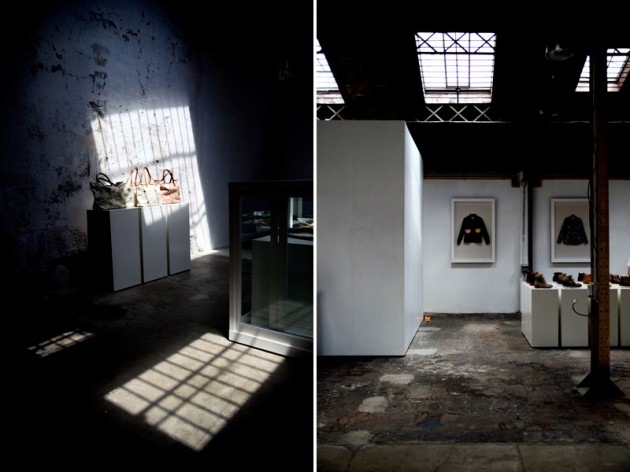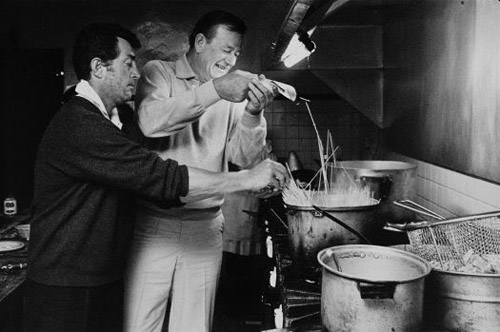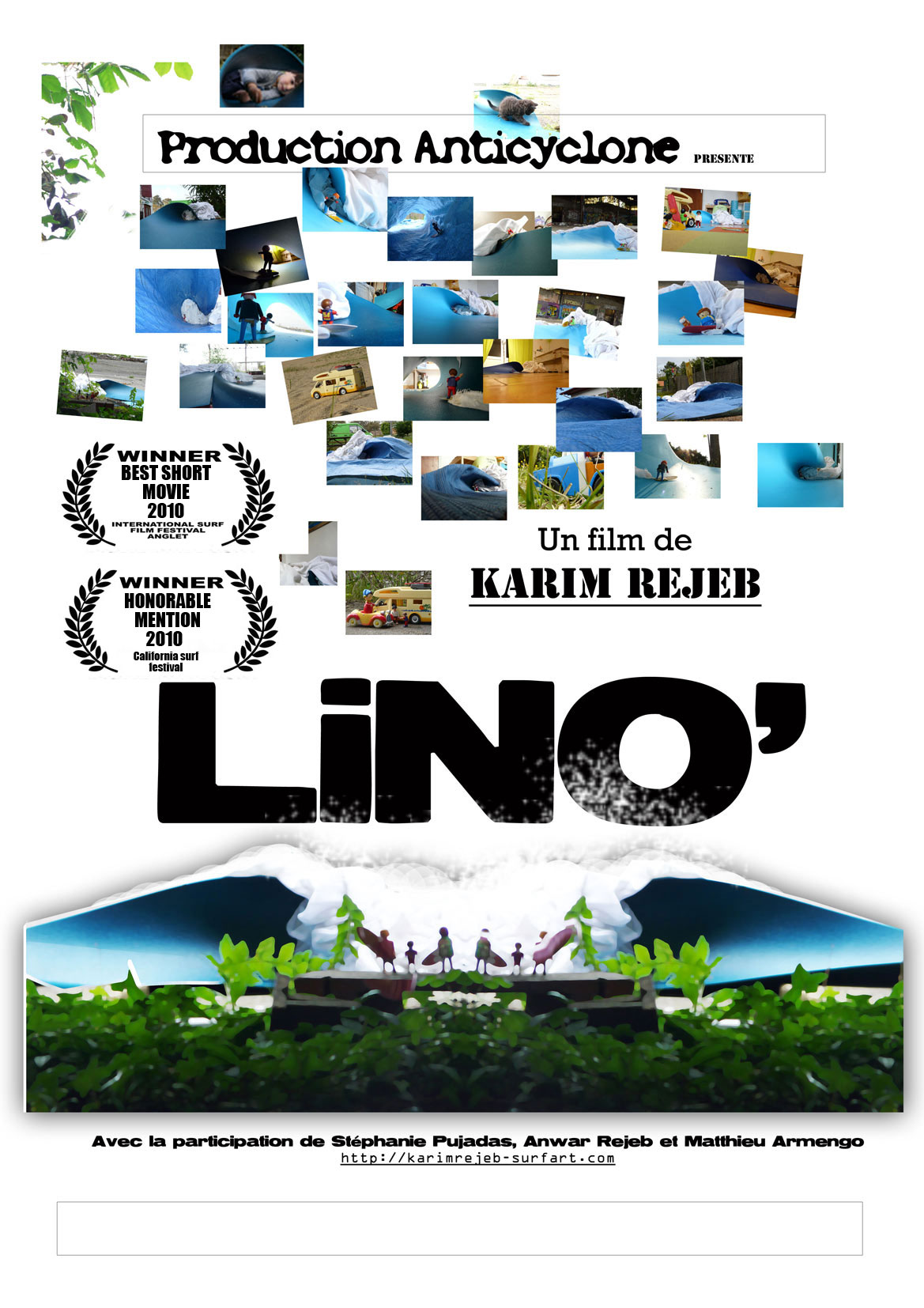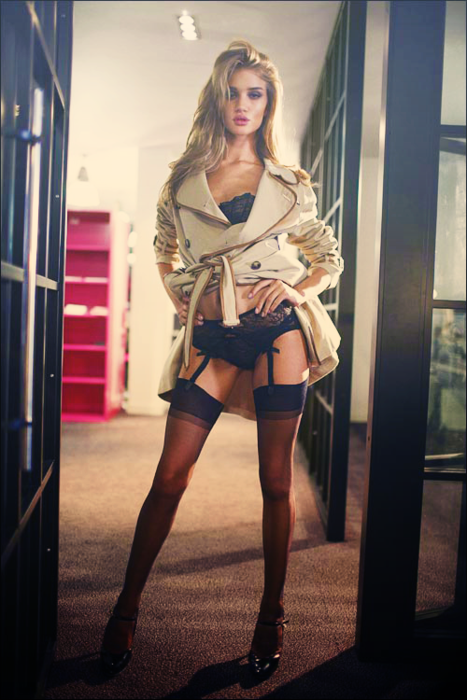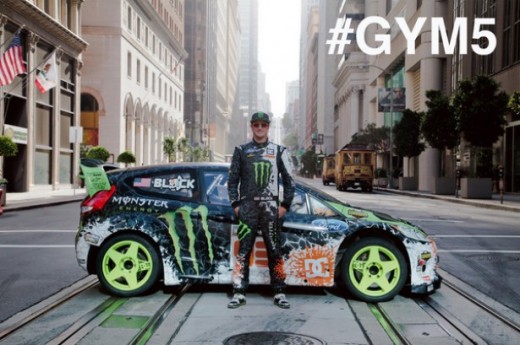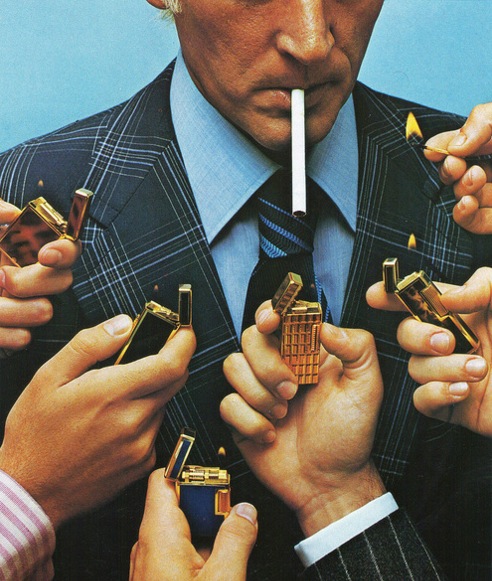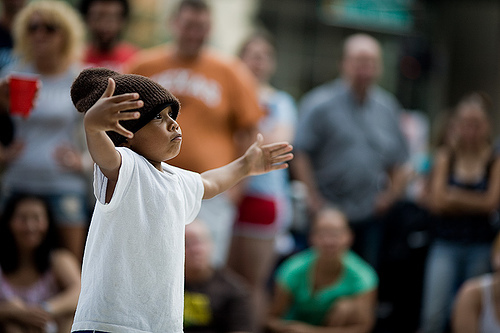Category Archives: PHOTOGRAPHY
Superme Magazine by David Blazewicz
Supreme magazine is a semester project carried out at the Academy of Fine Arts in the publishing studio. Printed in six copies on offset paper Antalis – Olin Rough. Magazine layout is based on the New York brand Supreme.
Editorial and Typography Design Studio: prof. Sławomir Kosmynka
Paper: Antalis – Olin Rough Cream 80g / Olin Rough High White 100g
Bindery: Łukasz Zbieranowski
Photos: Courtesy of David Błażewicz
JOHN MALKOVICH: “I’VE HAD A FEW, BUT TOO FEW TO MENTION”
The Talks Interview –
Mr. Malkovich, why do you watch movies?
For me, I couldn’t care less. I’ll watch something that will make me think, but at the same time nobody is happier than I am watching Tropic Thunder or There’s Something About Mary. I’m the hysteric who almost has to leave. I couldn’t care less what kind it is, I am much too eclectic for that. I mean, if you ask me to compare The Lives of Others to Porky’s II, well that is a little out of my pay-grade really. But I will like them equally if they achieve what they set out to do. One sets out to make people laugh and the other one sets out to tell us something about how we should live. If they achieve that, I am very happy and if they fail at that, then of course I’m not very happy.
Is that how you judge a script as an actor and as a producer as well?
Judging as a producer is different than judging as an actor. I make my living as an actor, I lose my living as a producer. (Laughs)
Yet you still keep on going back to it.
I like producing because we do good things and I believe in my partners. If you lose money with it, too bad, but don’t cry about it because that’s just the way it is. There can be a million reasons why I do a movie. Antonioni was the first director who ever offered me a film in the early ’80s. Then he had a stroke and nobody thought he would work again, but when his wife called me and asked me if I would do it, I said yes without reading the script. Otherwise I wouldn’t have worked with Antonioni. I wouldn’t know what that meant. I wouldn’t have worked with Mastroianni or Wenders or whoever. There are a lot of reasons why you do things. Some of them are good, some of them probably not – and some of them venal and not so venal – but mostly you do it because you think it could be good. That’s the basic rule.
Speaking of Wim Wenders, he told me that he was a workaholic all his life but lately he has realized that he missed some important things being such a workaholic. Would you say you’ve managed a good balance?
Certainly nothing about me has ever achieved perfection of any kind so I’ll say no right off hand. Generally I did okay, but there are always regrets. I understand what Wim is saying and by knowing him I can tell what he means. He comes out of a specific country and culture and a specific period of time and a specific generation who almost had to do it that way, because of their history. It was the crushing weight of what they felt was their history and I never felt that. I was lucky that I could always kind of take it or leave it really.
Would you say you’ve lived a charmed life?
For the most part. My friends, my interests, my curiosities, my reading, the things I like to do. I have a great group of friends around the world who I like and I stay in touch with them okay – maybe not brilliantly, but adequately, probably. I can’t think of anybody who’s had a more charmed life, really.
Where do you find material that interests you?
There are a lot of sources. A couple of days ago I was flying to Boston and I read an article in a magazine about a figure, I won’t tell what it was about exactly because people have a tendency to steal things, but it was so interesting. It wasn’t even a well-written article, but the subject was so interesting. If I had the set-up and the money where I could say, “Go read the article, get that guy on the phone, and let’s start on the screenplay,” I would. So I will keep it in mind. Of course I get a lot of inspiration from literature, but also from life.
Would you say that you are more at peace now than when you were younger?
The main thing is that my kids have grown up. When you have a two year old or a five year old you are always wondering what they will do. You always feel that there is one thing more that you should have said or should have done. When they get to be teenagers or even older you realize that there is nothing you could have done. (Laughs)
What else changed when you had kids?
I think once you have children you start to think about mortality. I started having children when I was 36 so that was my start of it.
So you’ve come to terms with your own mortality? You’re by no means an old man yet…
I think everybody is at ease when it remains a notion. I have heard that people die – but not me! That is how most people think. But I understand that it could be today, tomorrow, or in forty years. Do I think about it? Yes, I think I am fairly at peace and okay with it.
Does that attitude help you live in the moment?
Yes, I think I’ve gotten better with that compared to when I was younger. Although I have never been someone who was so lost in the past or intent on the future that I couldn’t live in the present.
That sounds fairly relaxed.
I think I am quite relaxed. I have never been a bundle of nerves, let’s face it. They used to have to wake me up before opening nights at the theater because I would be asleep under the makeup table. They would kick me and say, “You’re on… idiot.” (Laughs) Before football games instead of sitting through the preparation and motivation I’d go sleep in the room that had the tackling dummies and wake up and be ready to go and fine.
Do you have any regrets living your life like that?
When I was younger I think I did have more regrets, which is a sort of different thing. More guilt, more regret, more shame, whatever. But I think as I got older I have regrets just as much as anybody else. I mean I’m not Édith Piaf. (Laughs) I’m more Sinatra in that way. I’ve had a few, but too few to mention. So of course I’ve got them, but I don’t live in the past in that way, because you can’t go back, you can’t change it, you can’t un-cause the pain you caused, you can’t un-cause disappointment you caused – even to yourself, pain to yourself. You can’t really change the past.
Conference of Cool.
Ocean’s 11 Cast (1960)
Frank Sinatra as Danny Ocean, Dean Martin as Sam Harmon, Sammy Davis, Jr. as Josh Howard, Peter Lawford as Jimmy Foster, Richard Conte as Tony Bergdorf, Joey Bishop as Mushy O’Connors, Henry Silva as Roger Corneal, Buddy Lester as Vince Massler, Richard Benedict as Curly Steffans, Norman Fell as Peter Rheimer and Clem Harvey as Louis Jackson.
The Stuyvesants REMIXES
The Brooklyn production duo put their unique spin on these songs, bringing a new dimension in sound to each.
We wanted to kick the summer off right w/ a few (a few meaning 9!) remixes (and a new instrumental) to set the tone…
Johnnie Walker x LOVE Creative Agency
As part of their design of a new ‘experience space’ in Shanghai for whisky brand Johnnie Walker, creative agency LOVE created a series of commemorative edition bottles, referencing the Chinese decorative style of blue and white porcelain. In LOVE’s first project for Diageo Asia, the Manchester-based agency worked with interior designers, Asylum, on the look of the Johnnie Walker House which is set to open in Shanghai. The four story house will be used to market Scottish whisky to Chinese consumers and tell the story of the brand’s history through interactive installation made from materials used in the whisky-making process.
A Scanner Darkly for Dazed & Confused Magazine, June 2012 Issue.
A Scanner Darkly” is a fashion editorial photographed by Daniel Jackson for Dazed & Confused, inspired by the work of René Gruau (1909-2004). Gruau was a renowned fashion illustrator. The talented make-up artist Yadim transformed the models Ava Smith, Codie Young, and Madison Headrick to look just like René’s drawings.
Bullet Designs
Bullet designs have to solve two primary problems. They must first form a seal with the gun’s bore. If a strong seal is not achieved, gas from the propellant charge leaks past the bullet, reducing efficiency. The bullet must also engage the rifling without damaging the gun’s bore. Bullets must have a surface which will form this seal without causing excessive friction. These interactions between bullet and bore are termed internal ballistics. Bullets must be produced to a high standard, as surface imperfections can affect firing accuracy.
The physics affecting the bullet once it leaves the barrel, is termed external ballistics. The primary factors affecting the aerodynamics of a bullet in flight are the bullet’s shape and the rotation imparted by the rifling of the gun barrel. Rotational forces stabilize the bullet gyroscopically as well as aerodynamically. Any asymmetry in the bullet is largely canceled as it spins. With smooth-bore firearms, a spherical shape was optimum because no matter how it was oriented, it presented a uniform front. These unstable bullets tumbled erratically and provided only moderate accuracy, however the aerodynamic shape changed little for centuries. Generally, bullet shapes are a compromise between aerodynamics, interior ballistic necessities, and terminal ballistics requirements. Another method of stabilization is for the center of mass of the bullet to be as far forward as is practical, which is how the Minié ball and the shuttlecock are designed. This allows the bullet to fly front-forward by means of aerodynamics.
See Terminal ballistics and/or Stopping power for an overview of how bullet design affects what happens when a bullet impacts with an object. The outcome of the impact is determined by the composition and density of the target material, the angle of incidence, and the velocity and physical characteristics of the bullet itself. Bullets are generally designed to penetrate, deform, and/or break apart. For a given material and bullet, the strike velocity is the primary factor determining which outcome is achieved.
THE AVANT/GARDE DIARIES: Steve Aoki (Spirit Shaped by Music)
Steve Aoki – Spirit Shaped by Music from The Avant/Garde Diaries on Vimeo.
Steve Aoki’s gigs are over the top and unpredictable, and he can be called one of the most successful DJs and music producers of the present. Through his label DIM MAK Records, Aoki has helped shape the trajectory of electro-house music with artists such as Jidax, Bloody Beetroots, and Atari Teenage Riot. Aoki plays around 250 gigs a year, but he still finds time to release records, do remixes for artists such as Lenny Kravitz, Snoop Dogg, and Bloc Party, collaborate with will.i.am and Kid Cudi, and even design for his own DIM MAK clothing line.
visvim Spring/Summer 2013 Collection Showroom
Japanese brand visvim presents every season its collection during Paris Fashion Week for its international clients. Setup in the center of the Marais district in Paris, a visit to the showroom is always a highlight.
Conference of Cool.
Perfect Holiday by Karim Rejeb
DC Shoes + Ken Block’s Gymkhana FIVE: Ultimate Urban Playground San Fancisco
DC and Ken Block present Gymkhana FIVE: Ultimate Urban Playground; San Francisco.
Shot on the actual streets of San Francisco, California, GYM5 features a focus on fast, raw and precise driving action. Filmed over four days, director Ben Conrad and his team are back to work on their second Gymkhana production and delivered the entire city of San Francisco as Ken Block’s personal gymkhana playground. DC Shoes also provided fellow DC athlete and longtime Ken Block friend, Travis Pastrana, to make a cameo appearance on his dirtbike, and S.F. resident Jake Phelps of Thrasher Magazine fame also makes a cameo as Block hoons S.F. in his most incredible Gymkhana yet.
City Hall: The Ghost Subway Station of New York
It was supposed to be the showpiece of New York City’s new subway system. Stained glass windows, skylights and brass chandeliers adorned its curved walls and arched ceilings. According to Daily Mail, City Hall station was unexpectedly closed to the public a mere 41 years after opening its doors in 1904. In photographs by John-Paul Palescandolo and Eric Kazmirek.
It was once the southern terminus of the Interborough Rapid Transit (IRT), which ran from City Hall all the way north to 145th Street along Broadway. The station features stained glass windows, skylights and brass chandeliers, which adorn its curved walls and arched ceilings. Now passengers can stay on the 6 train and watch the train make its turnaround, seeing the interior of the beautiful station for themselves. The pride and joy of the underground soon gathered dust and became long forgotten, a mere turning point for the 6 train which runs from Pelham Bay Park to Brooklyn Bridge. Its curved tracks were deemed unsafe for the new, longer trains, and, as it was less busy than nearby Brooklyn Bridge station, authorities decided to shut it down. City Hall was designed by Valencian architect Rafael Guastavino and is unique among the original IRT stations.


